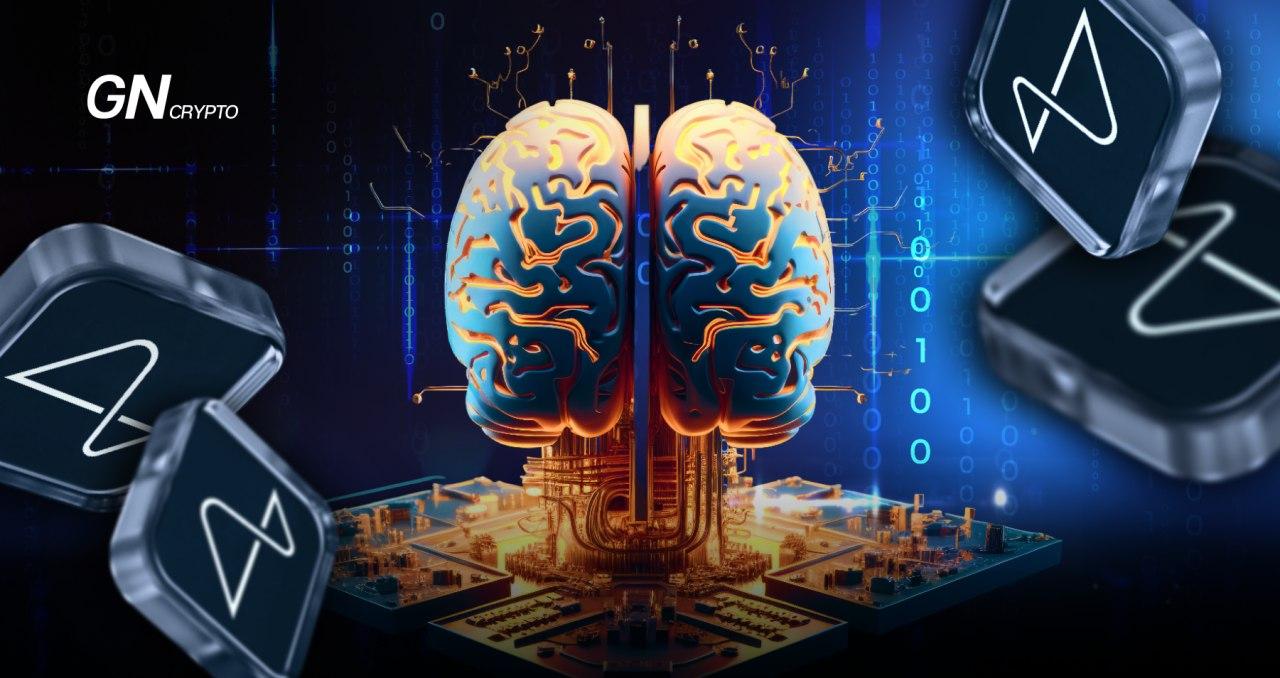Neuralink and Beyond: Sci-Fi Concepts Becoming Reality

The latest breakthroughs by Neuralink have sparked a surge in investment towards brain-computer interface technology.
On this page
While we once relegated the merger of a human and machine to the realm of science fiction, Neuralink, led by Elon Musk, showcased a live stream where 29-year-old Noland Arbaugh engaged in online chess and Civilization VI. Despite being fully paralyzed below the neck after a diving accident, Arbaugh was able to control a computer through thought alone, thanks to a brain chip from Neuralink.
The operation to insert the brain-computer interface, named Telepathy, was conducted on January 28, 2024. By the following day, Neuralink reported that Arbaugh was recovering well post-surgery. Playing Mario Kart (or its “alcoholic” version, Beerio Kart) with his father was among Arbaugh's top wishes. Now, he humorously refers to himself as a “Cyborg. Neuralnaut. Skynet Progenitor.”
It has already changed my life. The surgery was super easy,
he says.
Founded by Elon Musk in 2016, Neuralink Corp. set out with the ambitious goal of developing and commercializing implantable brain-computer interfaces (BCI). Initially, the project team comprised just seven specialists, including several renowned neurobiologists from various universities. By 2024, the company had grown to over 300 employees.
Create a generalized brain interface to restore autonomy to those with unmet medical needs today and unlock human potential tomorrow,
Neuralink’s mission.
By the summer of 2019, the company had raised $158 million in investments, $100 million of which were contributed by Musk himself. Despite relatively modest funding, Neuralink achieved significant milestones relatively quickly: on July 16, 2019, they unveiled the N1 chip and announced the first results from testing the N1 on animals. Company representatives assured that Neuralink would be ready to commence clinical trials by 2020.
The first Neuralink implant – the N1 Source: Neuralink
Reality diverged from projections by almost 2.5 years: the company filed an application with the U.S. Food and Drug Administration (FDA) to conduct research on its invasive interface (microchip) in humans at the beginning of 2022. Yet, the project continued to face obstacles.
After reviewing the documents, it was revealed in March 2023 that the FDA had denied Neuralink’s application. There were numerous reasons for this decision. For instance, FDA officials questioned the safety of the device's lithium battery. They were also concerned about the possibility of the implant's sensors (thinner than a human hair) migrating to other areas of the brain. Furthermore, with the large number of electrodes being implanted, there was a question of whether the chip could be removed without damaging brain tissue. Many began to feel that Musk's utopian ideas had led the project to a complete failure.
However, Musk was not ready to give up. Neuralink continued to refine the technology, taking into account the regulator's requirements, and two months later, permission to conduct human clinical trials was finally granted.
This rekindled interest in the project from venture investors. Throughout 2023, Neuralink managed to secure an additional $280 million in funding, bringing the total investment in Neuralink to half a billion dollars by early 2024. The startup’s valuation by August 2023 was estimated at approximately $5 billion.
Noland Arbaugh controls a computer with his mind Source: Х
Currently, Neuralink is already facing competition from at least two companies.
Dutch firm Onward Medical is venturing into chip implants, focusing on restoring motor functions after spinal cord injuries. Since 2018, it has been implementing implants in the cervical spine and, in 2021, successfully conducted its first brain operation on a patient.
American company Synchron gained FDA approval in July 2021 for human trials of its brain implants and later for their commercial use. By some estimates, it might take Musk around ten more years to commercialize Neuralink's chip.
Synchron's Stentrode implant, unlike other human-computer chips, is inserted without brain surgery. Introduced into the bloodstream via a neck vein, it autonomously travels to and lodges in brain vessels.
Despite this, Neuralink Corp. has distinct competitive advantages.
Firstly, there's the financial aspect – both Elon Musk's funding and his knack for attracting investment into “impossible” ventures.
Secondly, the technical specifications of the implants stand out. Neuralink's device boasts 1024 channel sensors for brain data collection, compared to 16 in rival devices. Its hardware comprises a compact system of processing, communication, and charging, including the battery and signal amplifier. Competitors use bulky external batteries and amplifiers, requiring surgical implantation and wiring to the implant. Although Neuralink's battery lasts only a few hours, it can be quickly recharged wirelessly using a special cap.
Neuralink's 2024 chip model Source: Neuralink
Furthermore, Neuralink's ambitions extend beyond mere brain-computer interfaces. Musk hinted at another project in November 2022 – the Blindsight implant, designed to restore sight to the blind, with initial trials already conducted on monkeys by March 2024.
Musk has suggested that initially, patients may see the world in low resolution, akin to early Nintendo graphics, but potentially surpassing normal human vision over time.
However, it's too early to crown market leaders in brain chip technology, as no project has yet achieved notable commercial success. However, Neuralink's progress has piqued investor interest, attracting over $560 million in 2023 for 37 projects.
Developers are also keenly aware of neurotechnology's risks, which extend well beyond medical concerns.
There are a number of security issues not previously considered, including cybersecurity, which is an important part of our discussions,
says Thomas Oxley, CEO of Synchron.
The widespread adoption of brain chips could herald a new era of hackers, not targeting computers or bank accounts, but the human brain itself, potentially turning science fiction fears into reality.
The content on The Coinomist is for informational purposes only and should not be interpreted as financial advice. While we strive to provide accurate and up-to-date information, we do not guarantee the accuracy, completeness, or reliability of any content. Neither we accept liability for any errors or omissions in the information provided or for any financial losses incurred as a result of relying on this information. Actions based on this content are at your own risk. Always do your own research and consult a professional. See our Terms, Privacy Policy, and Disclaimers for more details.




























